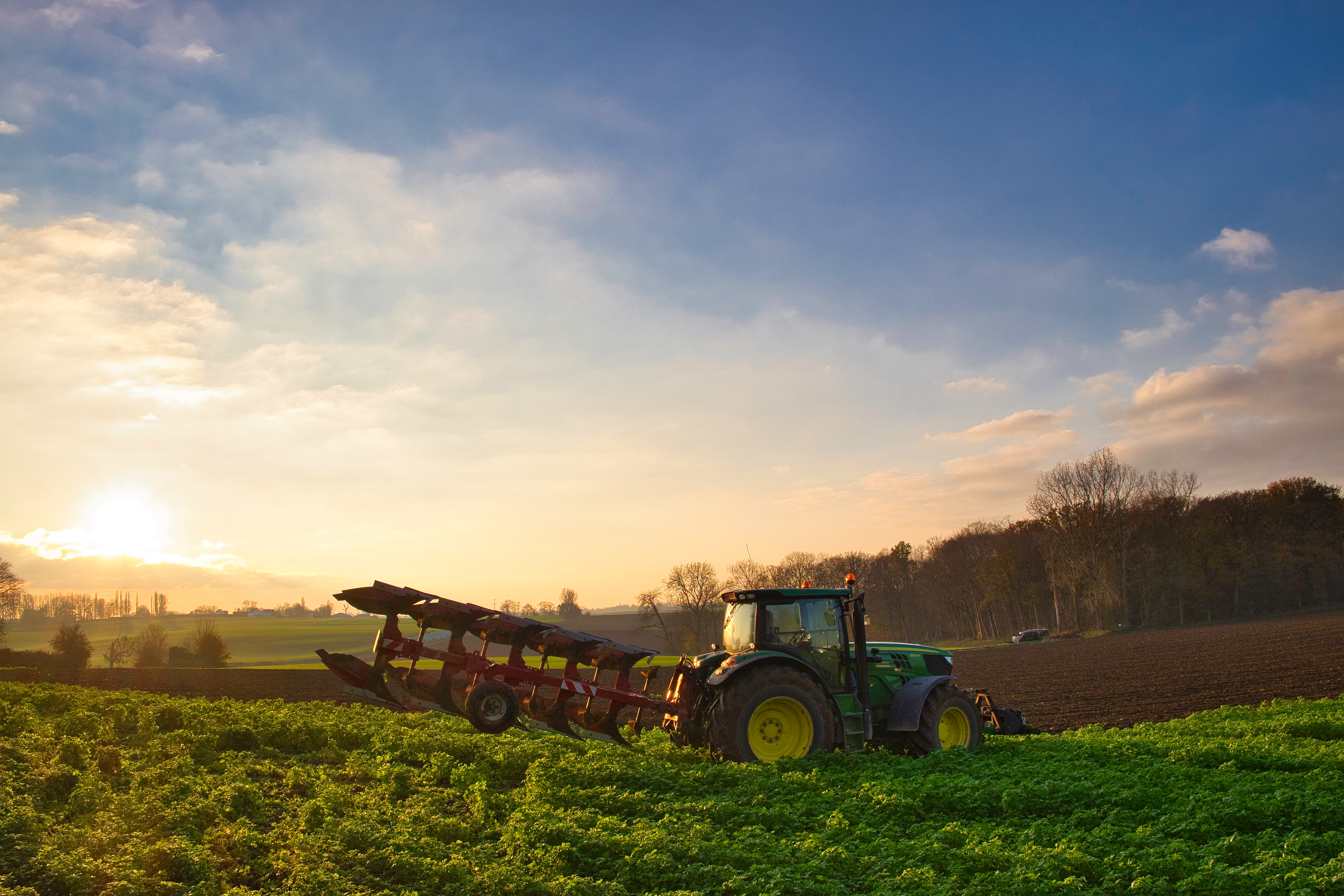Is agriculture the missing link in Climate-Energy Models? A look inside IAMs
Modern agriculture is heavily dependent on fossil
fuels and mineral fertilisers, both in direct and indirect forms. Directly farmers use diesel to power tractors,
harvesters, and other machinery that is essential for planting, maintaining, and harvesting crops. Electricity, which is
often generated from fossil fuels, is also critical for running irrigation systems, especially in greenhouse agriculture
or in areas where water must be pumped over long distances. Also, livestock operations similarly rely on electricity for
heating, cooling, lighting and mechanised feeding systems. The production of key agricultural inputs, such as synthetic
fertilisers, especially those containing nitrogen, require large amounts of energy to produce, and natural gas is often
a major fuel used in this process.

This structural reliance makes farming highly vulnerable to changes in global energy and material prices. When fossil energy or fertiliser prices rise due to geopolitical conflicts, market instability, or policy shifts, the production costs for farmers increase sharply. The volatility of these prices also affects decision-making in the agriculture sector. Farmers may delay investments, avoid long-term planning, or shift to less input-intensive but lower-yield crops. This can lead to a ripple effect through the food system, with consequences for supply, food prices, and market stability. The strong dependence of agriculture on fossil fuels and fertlisers creates a system that is not only environmentally unsustainable but also economically unstable and highly exposed to price-related risks.
| Direct Energy Use on the Farm | Indirect Energy Use | Why it Matters |
|---|---|---|
|
|
|
Energy costs can comprise anywhere from 20% to 50% of a farm's variable expenses. This can widely vary depending on several factors:
|
Why does agriculture need system rethinking?
Agriculture is at the heart of Europe’s climate and sustainability ambitions. From the EU Green Deal and Farm to Fork strategy to global climate goals under the Paris Agreement, the sector is under growing pressure to reduce GHG emissions, cut dependence on fossil-based inputs, adapt to climate change impacts, and increase resilience to shocks. Yet, meeting these goals is not a small task. Agriculture is one of the most complex and fragmented sectors, shaped by millions of individual decisions, diverse climatic and soil conditions, and volatile market forces. Achieving deep transformation of the agriculture sector requires a systemic understanding of how agricultural practices interact with energy use, climate economics, and policies across scales.
The role of IAMs
This is where the Integrated Assessment Models (IAMs) become essential. IAMs are powerful tools that combine insights from economics, energy systems, land use, and climate to evaluate the impact of different policies and future scenarios. They help answer questions like:
- What happens to food production if energy or fertilizer prices spike?
- How does a carbon price on fuels affect emissions from farm machinery?
- What is the best balance between bioenergy crops and food security under climate constraints?
The Challenge
Currently, agriculture remains underrepresented in many IAMs. While emissions from land use and forestry are typically included, energy use within agricultural processes, especially the direct use of diesel, electricity, and gas for machinery and irrigation, and the indirect energy used to produce synthetic fertilisers and pesticides, is often missing or treated in aggregate terms.
This means IAMs may underestimate the sector’s sensitivity to energy and input price shocks and misjudge the real costs and benefits of different policies to transform agriculture towards a sustainable paradigm. Without better representation of farm-level decisions, energy inputs, agriculture’s sector specificities, and behavioral responses, IAMs may overlook key barriers or enablers for a climate-resilient agricultural transition.
At the same time, policymakers are seeking more targeted interventions, not only to reduce emissions, but also to help farmers deal with rising input costs, improve energy efficiency, and secure long-term food supply. This requires tools that can reflect how different types of farms react to price signals, where energy dependencies lie, and how alternative practices or technologies (such as precision farming or organic fertilisation) could change the picture. IAMs, if properly equipped, can provide these insights, offering a system-wide, consistent and transparent framework to guide policy design.
What IAMs bring to the table

AgEnRes is designed to improve the representation of the agriculture sector in energy-climate modelling tools. AgEnRes offers a breakthrough: it connects the technical details of agricultural operations with economic and policy tools such as IAMs.
| The Challenge of Agriculture | AgEnRes Approach | The Impact |
|---|---|---|
|
|
|
Approach
|
Framework |
|
|---|---|
|
Energy Use |
|
|
Toolbox |
|
Conclusion
The way agriculture is represented in IAMs is not just a technical detail, it carries important weight. A simplistic or aggregated treatment of the sector can obscure its real-world complexity, understate its energy and emissions footprint, and ultimately weaken the credibility of scenario outcomes. This project addresses this by redefining agriculture’s role in IAMs, not only as a source of emissions, but as a dynamic, energy-dependent system that responds to price volatility, technology shifts and behavioral patterns. Strengthening this representation gives agriculture the visibility and nuance it requires in global sustainability analysis, enabling better policy design tailored to agriculture needs, more accurate risk assessments, and a stronger foundation for climate resilient low-carbon transitions at the national, European and global levels.
